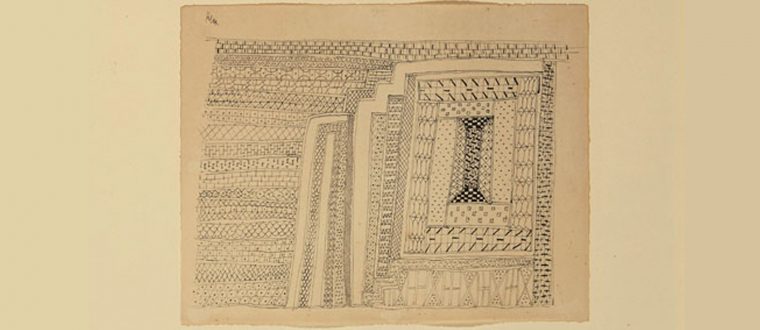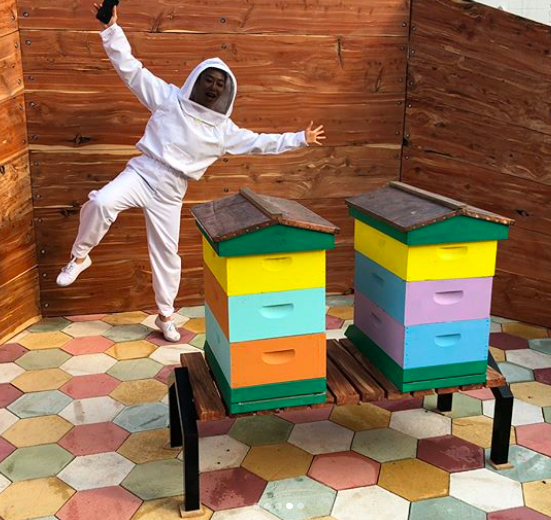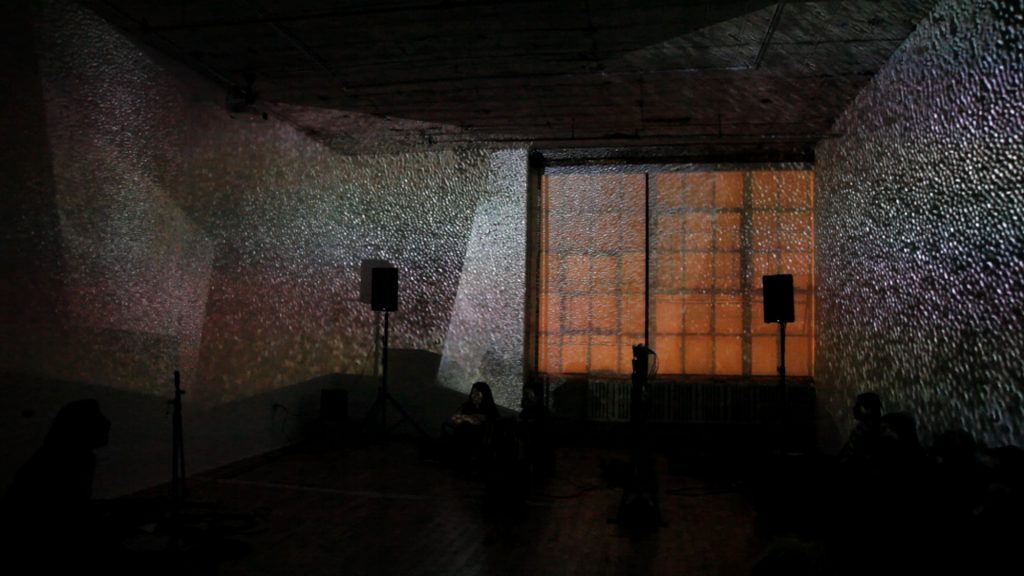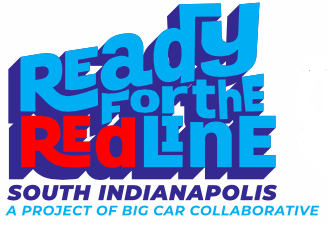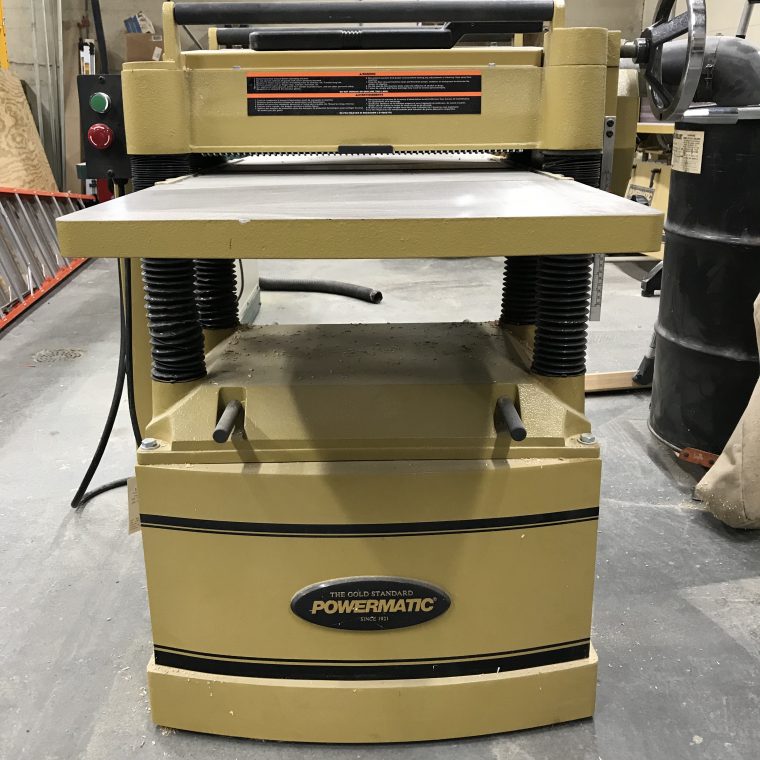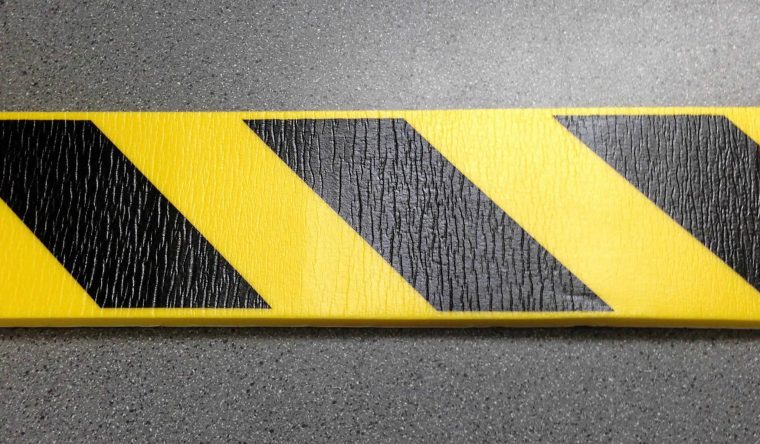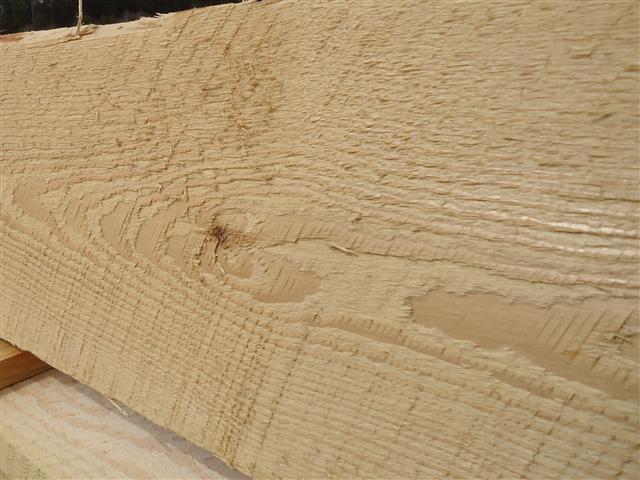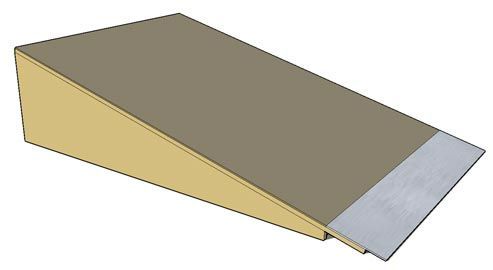This year — which ended with exciting news of a $3 million grant from Lilly Endowment for our work on the near southside (details here) — was one full of learning and sharing, bringing people together, and sparking creativity for thousands of people through our multidisciplinary art and cultural community development projects and programs.
As we wrap up 2018, our staff, board, and 200-plus participating artists thank our neighbors, partners, and funders for their ongoing support of our work bringing people together with social infrastructure that helps make places inclusive, equitable, and comfortable. This work — always a community collaboration — is about fostering opportunities for people of all ages and backgrounds to get creative, experience art, connect with each other, and build community.
Here’s a roundup of our work from 2018 with a look ahead to 2019.
Tube Factory commissioned exhibitions
We began the 2018 exhibition season with a building-wide exhibition fully supported by Efroymson Family Fund that featured commissioned work linked to a residency by Greek artist, Christos Koutsouras. Land Art (Telling Trees)was guest curated by Jeremy Efroymson with support from Tube Factory director of programs and exhibitions, Shauta Marsh. It opened in May with more than 700 people attending the First Friday evening that also featured an outdoor artisan market, live music, food trucks, and a new exhibition at our Listen Hear location (this Big Car campus-wide setup delighted guests each First Friday in 2018, with an indoor market in winter months). Visitors from around the city and neighborhood alike enjoyed Koutsouras’s extensive show of photography, drawings, installation, and video that remained up in the main gallery, upstairs and downstairs video rooms, and the larger, downstairs Efroymson Gallery until July. The exhibition also tied Samos and Indianapolis together with an installation made from trees harvested by Indy Urban Hardwood.
In the summer of 2018, we focused much of our collective staff energy on Juan William Chávez’s Indianapolis Bee Sanctuary and Mesa Hive exhibit and public art project in the main gallery and video room from August through October. This multi-faceted project involved much research, partnerships, and a long-term maintenance plan. Chávez teamed up with our staff artists and curator, Bee Public (local beekeeping company), Solful Gardens (urban gardening program), and young people from TeenWorks on the construction of the outdoor beer sanctuary — a sculpture with both ecological and social aspects. TeenWorks is a six-week summer program of employment and college readiness for high school seniors. The TeenWorks youth helped build and experienced several educational workshops that focus on ecology, plant biology, landscape design, beekeeping, and entrepreneurship. Public programming related to bees launched with the exhibition and programming continues over the next five years. On an ongoing basis, the public is invited to get up close to the bees in the Indianapolis Bee Sanctuary.
Chávez’s exhibit, Mesa Hive, was a multimedia installation that highlighted the process and construction of the Indianapolis Bee Sanctuary and tied it to his Peruvian heritage. Chávez presented the installation on a large Mylar survival blanket with carefully arranged objects and artifacts created and harvested during the construction process. These objects are juxtaposed with new paintings made by Chávez during the residency. The survival blanket is inspired by Chávez’s heritage. It references Mesa, a multicolored bundle containing sacred objects used for healing in Andean shamanic rituals associated with a Huaca monument or natural location representing something revered. Chávez lived in the residency house for eight weeks while working, each day, with the team to build the bee sanctuary and work on new pieces — including drawings and paintings of mesa blankets — for his exhibition in the front room of the residency house. He moved into the house two days after Koutsouras ended his visit. During the exhibit, which stayed up through late October, Chávez connected with community members and presented an artist talk, lunch, and tour of the project.
In November, we brought to the main gallery No USA Return, from Mexico City-based artist, Laura Ortiz Vega. We commissioned eight thread paintings, The Great Eight, and an installation, The Offering/La Ofrenda. For The Great Eight, Vega started with the now images of the eight border wall samples that President Donald Trump visited in 2017 while they were being tested along the actual border between San Diego and Tijuana. After listening to the speeches Trump has given about the wall and reading his tweets on the subject, Vega extracted the eight adjectives used most to describe the border wall project: great, biggest, impenetrable, physical, tall, powerful, beautiful, and incredible. Seizing the chance to subvert public perception of these messages, Vega presented the adjectives as graffiti on the border wall sample images she had painted, turning each section of wall into a billboard that advertised its own alleged attributes in hyperbolic fashion.
The Offering/La Ofrendais an altar made of plastic water jugs Vega inscribed with encouraging messages. The piece references volunteers who leave similar jugs filled with water in the Buenos Aires National Wildlife Refuge in Arizona to help prevent illegal immigrants from dying of dehydration during the desert trek to the United States. Vega’s intention is for The Offering/La Ofrendato honor those that died attempting the crossing and those that made it but will potentially face lifelong separation from their relatives due to immigration policies. The show opened with more than 500 attendees at Tube Factory the same night that Trump was campaigning for Todd Young in the midterms elections at Southport High School located two miles from Tube Factory. In his speech there, he again promoted his proposed border wall as he continued to talk about the “threat” of migrants moving toward the border. Vega led an artist talk on the December First Friday, walking visitors through the exhibition and sharing in both Spanish and English.
Other than the three months of Land Art (Telling Trees) that filled all of the Tube Factory spaces, we featured a new exhibition each month in the lower level Jeremy Efroymson Gallery. With one exhibit — the Post-It Show in partnership with Sugar Space in January — featuring more than 100 local artists, and another — Flava Fresh curated by D. Del Reverda-Jennings — including 50 artists, and six other shows including 20 more artists, we were able to feature more than 170 local artists in this space alone in 2018. Some other highlights included: the University of Indianapolis Social Practice Thesis exhibit, Danicia Monet‘s Blue Blackshow of photos and performance art focused on African-American body image, the Freaks and Geekscollaboration between illustrator Aaron Scamihorm and writer Jason Roemer, and Absence Presence, photographs by Jedediah Johnson, Tiffany Pierce and Amanda Taves that also explored body image and the human physique.
Listen Hear and WQRT FM
We continued to bring experimental live sound art, and cultural conversations to both our Listen Hear sound art space and WQRT, our radio station at 99.1 on the FM dial. This work includes things like a live 24-hour noise-a-thon, performances by touring and Indianapolis-based sound artists heard on air also attended by audience members at our Listen Hear gallery space, and monthly exhibitions with 21 local and regional artists in 2018 — many featuring sound-oriented works. WQRT also hosts a variety of regular and one-off music, and cultural talk programs (20-plus different ones airing in 2018 — ranging from local rock and hip-hop to country, jazz, and classical music to art and community talk to film reviews) created and hosted by community members and Big Car staff artists.
Also at Listen Hear, we commissioned a bathroom installation by Danielle Joy Graves. At the onset of the #metoo movement Marsh began looking at Indianapolis-based sex-positive, body-positive feminist artists to support. This led to the commissioned bathroom installation, Virgin Mary Vaginathat includes carved foam, paint, LED light strips, and mirrors that allow visitors to take selfies in this symbolic heaven and hell.
Engaging public programming and public art
This side of our work brought together thousands of people across Indiana with arts-based social experiences. We created a nearly month-long pop-up public place at the Indiana State Fair and worked with the community to paint a collaborative mural there. We partnered with the Indianapolis Parks Foundation and Indy Parks on programming in city parks including a weekly beer garden with public programming at Garfield Park. Our work at Indianapolis City Market’s plazas continued and expanded with support from Southwest Airlines.
We activated the urban green space outside of Needler’s Market in the Lockerbie neighborhood with seating, games, and cultural programming — including live music, a collaborative writing project, and three night markets featuring local artisans. Our work in Fort Wayne continued as part of the community engagement team with the Electric Works project redeveloping a massive former General Electric factory campus. We also helped launch similar work in Indianapolis as a program partner with Waterside at the former GM Stamping plant. And we started work with the Jewish Federation of Greater Indianapolis to support planning for rethinking the campus that includes the Jewish Community Center.
We also completed our Ready for the Red Line project in partnership with Transit Drives Indy and the Arts Council of Indianapolis that brought awareness to upcoming location locations for new bus rapid transit stations on the southside through pop-up programs like an outdoor movie screening, interactive art experiences, art fair, and a mini festival. We followed this with public-art kiosks sharing information and gathering input at three locations. Additionally, we worked with Rolls Royce employees to paint a mural designed by Big Car creative director Andy Fry that will go up under the tracks on Meridian Street in 2019. And we worked with visitors at the Spark Festival in Fishers to paint a collaborative mural based on artwork by a Fishers high school student that now adorns a building in the city’s downtown park.
Two of our staff artists, Carlie Foreman and one-year artist in residence, Conner Green, teamed up to create a new exhibit on the Wagon of Wonders, our mobile art museum. Their piece presents nine color-coded cassette tape recorders the public can use to record and make sound art pieces sourced from the environment — categorized by people, water, and flora. Additionally, we commissioned self-taught artist Michael Jordan to paint a series of 20 small oil-paint portraits of Indianapolis artists and creative thinkers throughout history. Visitors can take the portraits down from the display wall (where they hang with velcro) and read biographies on the back. The Wagon visited many schools, community locations, city and state parks (including a weekend at Turkey Run State Park funded by an Indiana Arts Commission grant), and stayed at the Indiana State Fair most of August.
Sharing our work, connecting with the world
In 2018, staff members participated in several conferences — invited to present as speakers at placemaking, art, and city-centric conferences. We also took art scouting and connecting trips to other cities with different artists from our team — often linking these to conference participation. Midwest locations included Minneapolis, Cincinnati, Cleveland, Kansas City, Milwaukee, Chicago, and St. Louis. Three of us also visited artist-run spaces and contemporary art museums and galleries in San Francisco and New Orleans (the trip to New Orleans funded by Southwest Airlines to attend a conference there and share about our work). Marsh and Walker traveled to Germany and Belgium — with support from the German government — to attend the IMPACT conference, a weeklong gathering of artists and thinkers from around the world (only one other of the 30 there resides in the U.S.). During this two-week trip in early November, Walker and Marsh also visited many contemporary art spaces — most of them very unique adaptive reuse projects — in Berlin, Essen (the location of the conference), Düsseldorf, and Brussels.
In 2018 Big Car staff also pursued partnerships in the Midwest and abroad and were able to experience citywide contemporary art exhibitions: FRONT International in Cleveland and Open Spaces in Kansas City. We made great connections with peer organizations in these Midwest peer cities where we will further collaborate and exchange ideas, art, and artists.
In April of 2018, Marsh accompanied a version of the Big-Car-commissioned Mari Evans exhibit to the Virginia Commonwealth University Gallery in Qatar. She curated the original project at Tube Factory with Carl Pope and Evans in 2016. In Qatar, Marsh helped with the exhibition install, met with undergrad and grad students and faculty — including making studio visits, connected with staff from museums there, led private tours of the exhibit, and conducted a public lecture before the opening.
Looking ahead to 2019
With Tube Factory commissioned exhibitions — which stay up for three months — on Feb. 1, Chicago-based photographer and sociologist David Shalliol opened a photo and video exhibit based on four years of research centered around the Garfield Park and Bean Creek neighborhoods where Tube Factory is located. He also interviewed and photographed residents of the neighborhood, with a focus on Bean Creek — located east of Shelby Street adjacent to the Garfield Park neighborhood and including Tube Factory. He will eventually create more with this research. Yvette Mayorga will be next in the main gallery at Tube Factory in May. She employs confection, industrial materials, and the American board game Candy Land as a conceptual framework to juxtapose the borderlands of the U.S. and Mexico, contrasting the immigrant’s utopian visions of the American Dream with living shrines to real life individuals, some of whom have died at the border. This is followed by New York-based Saya Woolfalk’s commissioned exhibit is next in August of 2019. Woolfalk and Marsh share an interest in artificial intelligence, utopian ideas, and how ritual is and will be integrated with technology. Woolfalk has items in production and has created a video that will be projected onto the south wall of the main gallery over painted walls. Kipp Normand: Snake Oil is scheduled for November. The exhibit by this Indianapolis-based artist will explore advertising and pharmaceuticals as metaphors for religion and mass hysteria through a narrative-based immersive and kinetic installation.
On the public programming side, we will be returning to the Indiana State Fair and Lockerbie, plan to continue working with City Market and Indy Parks, and will expand our efforts in partnership with the Jewish Federation of Greater Indianapolis and Waterside/GM Stamping Plant. We’ll also work on community engagement efforts with Electric Works in Fort Wayne and the South Indianapolis Quality of Life Plan (SoIndy) in our home area. Big Car is the convening organization and fiscal agent for SoIndy.
Our biggest effort in 2019 will be a major expansion of our Garfield Park Creative Community/Cruft Street Commons work. With the support of the $3 million Lilly Endowment grant and with the resolution of details with our partnership with Riley Area Development, we will see renovation work finished on five houses that will be sold at affordable prices to artists and five more renovated as affordable rentals houses for artists and neighborhood leaders. Two other buildings — our current residency house/Guichelaar Gallery next to Tube Factory and a small former church on Cruft Street — will serve as program spaces, with the house serving as a gallery and hosting short- and longer-term artists in residence.
We’ll make progress on the larger factory building behind Tube Factory and continue work on the commons green space and sculpture garden (home of our community garden, the Indianapolis Bee Sanctuary and, soon, the Chicken Chapel of Love). Likewise, we’ll add a community-focused commercial kitchen to the campus and a coffee shop at Tube Factory.
Please tune in (at 99.1), drop by, and think of us when considering sponsorships or nonprofit donations. We’re thriving and growing but need your help to continue doing so. Here’s to an exciting 2019!

